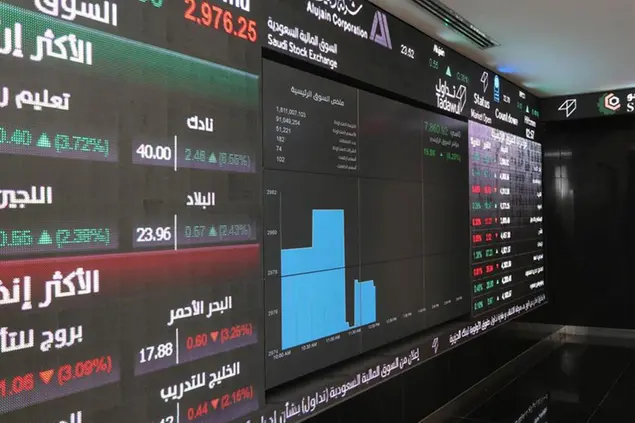PHOTO
Saudi-listed Emaar the Economic City (Emaar EC), the master developer of King Abdullah Economic City (KAEC), has approved an 8.7 billion Saudi riyal ($2.32 billion) capital optimisation plan, including a 49.7% capital reduction proposal.
The strategy includes restructuring the SAR 3.8 billion in bank debt facilities, fully converting the SAR 4 billion debt owed to the Public Investment Fund (PIF) and a new convertible shareholder facility of up to SAR 1 billion from the sovereign fund. In addition, the plan involves a capital decrease to offset accumulated losses.
The capital optimisation plan, developed after the two years of assessment, aims to stabilise Emaar EC’s financial and operational platforms, as well as optimise its capital structure.
The plan, which has four key components, will further reinforce the company’s partnership with key stakeholders, including the PIF and commercial lenders.
The first component restructures SAR 3.8 billion in bilateral credit facilities from Alinma Bank, Saudi Awwal Bank, Banque Saudi Fransi, and Saudi National Bank into a new syndicated Shariah-compliant facility. This will align debt repayments with the company’s investment and liquidity profiles.
The second part converts SAR 4 billion of debt into equity, including a facility of SAR 2.9 billion from the Ministry of Finance, recently transferred to PIF and a SAR 1.1 billion PIF shareholder loan. This will de-leverage the balance sheet, reduce interest expenses, and strengthen share capital.
The third step includes a new convertible shareholder facility of up to SAR 1 billion from the PIF, bolstering the company’s liquidity position. It will provide adequate funding over the short- and medium-term to invest in critical growth initiatives.
Finally, the company intends to decrease its capital to offset accumulated losses by 49.7% to SAR 5.70 billion from SAR 11.33 billion. SNB Capital will be the financial adviser while Khoshaim & Associates was named as legal adviser. The capital decrease will have no adverse impact on its operations, but is designed to stabilise its financial position and build a robust balance sheet.
The debt conversion and the capital decrease remain subject to regulatory and shareholder approvals. However, the restructuring and syndication of the existing bilateral credit facilities and PIF’s new shareholder loan are sublet to final agreements.
(Editing by Seban Scaria seban.scaria@lseg.com)
